To infinity and beyond
Thirty years ago, 'Toy Story' forever altered the face of animation
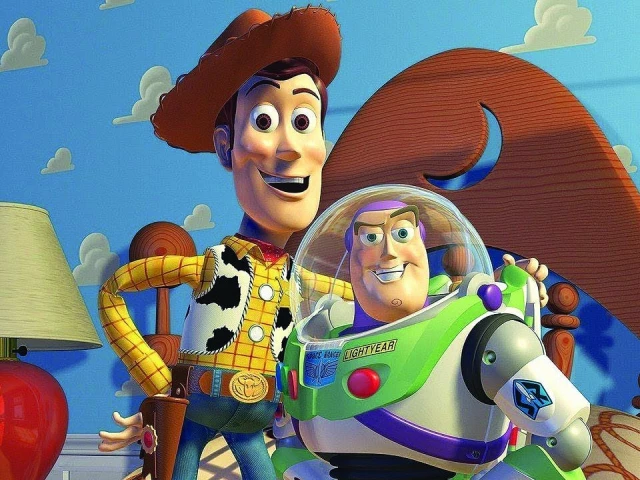
Which glory hog studio is famed for its blazing originality and assembly line of brand new stories? As you will all have surmised, this is no trick question, because the answer is very patently this: 'Not Disney'. But just like a broken clock is right twice a day, there is an exception that proves the rule, and that exception is none other than Toy Story.
Hard though it may be to believe in this current landscape rampant with needless prequels and empty reboots, there was once a time when Disney trotted out films without foraging through the vault to repurpose an existing one. With this in mind, you are going to travel quite far back in time to come across this happy event. Nearly thirty years back in time, to be precise, because that is when the first Toy Story film was released in November 1995 in collaboration with Pixar.
A select group of you may tut and say, "What is this 'thirty' years you speak of? Toy Story only came out a couple of years ago". In turn, we would like to issue the reminder that it is time for you to take those painkillers for your back, you decrepit, wrinkled forty-something fool. Toy Story may be timeless, but you are not, although we concede that it behoves nobody to dwell on these unsettling matters. Instead, we can dive into just how Toy Story delivered on its promise to head to infinity and beyond.
Uncharted territory
With a title that leaves very little to the imagination, this uncomplicated yet emotionally sound story about a set of loyal toys bound by friendship dared to tread where Disney animation rarely went: into a land devoid of princesses. Or animals. Or songs that doubled as a plot device.
Our heroes? A toy cowboy with a pull-string, Woody and a socially shunned but eternally optimistic astronaut, Buzz Lightyear prone to belting out his catchphrase "To infinity and beyond!"
Our theme? The unlikely friendship between Woody and Buzz. Andy, the human boy who owns them both, hovers somewhere in the distant background. Woody and Buzz swear allegiance to Andy. We as viewers don't really care about Andy except when, two films later, he goes to college and says goodbye to the toys we have come to accept as family, reducing the more sentimental amongst us into a blubbering, snotty mess.
Waving a brave goodbye to all things familiar, Toy Story went against the grain in a world that already contained a red-haired princess (The Little Mermaid), an optimistic bookworm and grumpy beast (Beauty and the Beast), and a murderous lion (The Lion King). Their hijinks and friendship sucked you in and transported you into a world of toys that calls to every child and tugs on any difficult-to-reach heartstrings belonging to adults. That rarefied air where the appeal reaches both children and adults in equal measure? That is the 'beyond' part of infinity that Buzz is forever boasting about heading towards.
Behind the scenes
Thanks to a watertight script put together by Joss Whedon, Andrew Stanton, Joel Cohen, and Alec Sokolow, along with computer scientists building the software that would give way to this pioneering animation, Toy Story built a devoted fan base that defied all expectations.
"The heart of it, which hadn't been done at the time, was instead of making it a musical or a princess movie, it was a buddy film," Pixar Docter co-chief creative officer told The Hollywood Reporter in a recent interview celebrating the thirtieth anniversary of the film. "It was these two characters who butt heads, who hate each other, who grow to love each other to the point of self-sacrifice. And I think that's a really beautiful story, and it's one we've come back to several times."
Three times, to be precise, with a fourth sequel (Toy Story 5) purportedly coming out in June 2026. "The fact that [Toy Story] hit the popular culture was never [expected]," continued Docter. "Working on it, it was just a bunch of us nerds. It felt like working in our garage. It was a whole rental space, not really fancy and a small team, so it was very casual and loose."
Such is the beauty of raw, organic, original content. When we put our faith in a set of self-professed nerds who labour diligently to prove that a computer animated film about toys can be so much more than soulless stop-motion, we get jaw-dropping animation (the first of its kind) you almost believe you can touch.
The other key ingredient, in addition to that watertight script and grade-A animation, was the inclusion of nineties stalwarts Tom Hanks and Tim Allen, who happily lent their voices to Woody and Buzz, respectively. Involving two big names could have either proved to be animation's biggest disappointment or its greatest boost. Fortunately for both Disney and Pixar, Toy Story occupied the latter camp, with Hanks and Allen gabbing away behind the microphone and recording their lines in the same room. An unusual move, perhaps – committed Disney fans who have trawled through a rabbit hole of YouTube voice recording videos from The Lion King or The Little Mermaid will already know that this exercise normally takes place in a solo room – but one that delivered an unforgettable free-flowing dialogue that no dividing studio wall can yield.
A new age
If Toy Story were to be released today, would it have the same impact on a generation wedded to technology? We can only offer a gloomy hypothesis, but to come around this issue, the fifth instalment of the franchise has been described as 'toys and tech'. We are reassured, in spirit if not in reality, that no toy will ever be left behind.
On a final note, it would be remiss to write an ode to Toy Story without mentioning tech whiz and the then CEO of Pixar, Steve Jobs. Not only did Jobs upgrade our lives from what can only kindly be termed as 'brick burner phones' into holding the world in our collective palms, he also collaborated with Disney to catapult the scope of animation into something that had, until then, existed only in people's dreams. Without the tireless work of Pixar computer scientists, it is entirely possible that the likes of blockbusters Tangled, Frozen, and Inside Out would still be hand-drawn and look very, very different today.
By extending a hand to Disney, Jobs and Pixar ensured that both Toy Story and the future of kids' films did what dear old Buzz always strives to do. They took us to infinity and beyond – and for that, we fans of animation remain forever grateful.

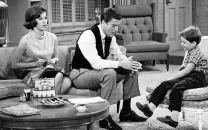


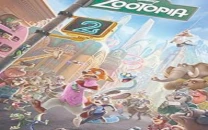
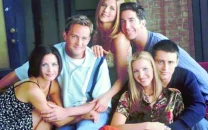

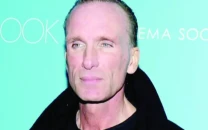













COMMENTS
Comments are moderated and generally will be posted if they are on-topic and not abusive.
For more information, please see our Comments FAQ